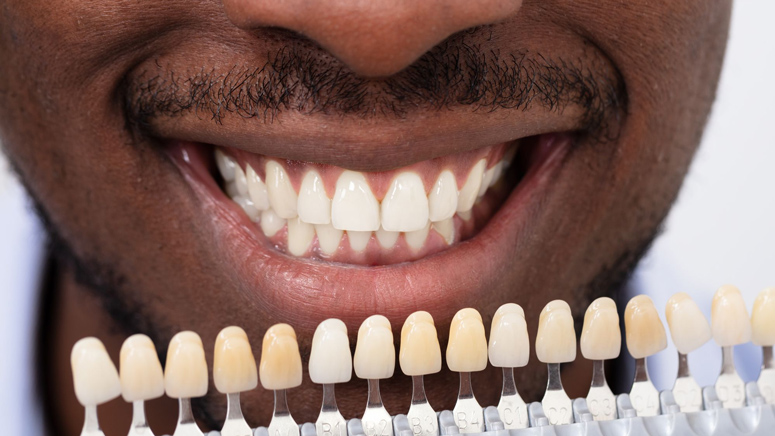Dental veneers are thin, tooth-colored shells that are attached to the front surface of the teeth to improve their appearance. They can be used to treat cosmetic concerns like chipped, discolored, broken, or smaller-than-average teeth.
Dental veneers are most commonly made from porcelain or resin-composite materials and are permanently bonded to your teeth.
There are different reasons a person can get veneer, most common of which is in the case of a broken or chipped off tooth. Some people may get between six to eight veneers in order to create an even, symmetrical smile.
The top front teeth are the most commonly applied veneers.
Types of Veneer

Dental veneers need extensive prep work and are often composed of porcelain or composite resin. However, “no-prep” veneers are also available and use a different application method.
When placing traditional dental veneers, the tooth structure must normally be ground down, occasionally even past the enamel. This enables accurate installation but is also a painful, irreversible procedure that frequently necessitates a local anesthetic.
The number of teeth involved and your dental issues will determine how many teeth need to be reduced. A dentist may request a wax model when numerous teeth are involved to demonstrate how veneers will appear.
While no-prep veneers may need some tooth modification or preparation, these modifications are minor.













